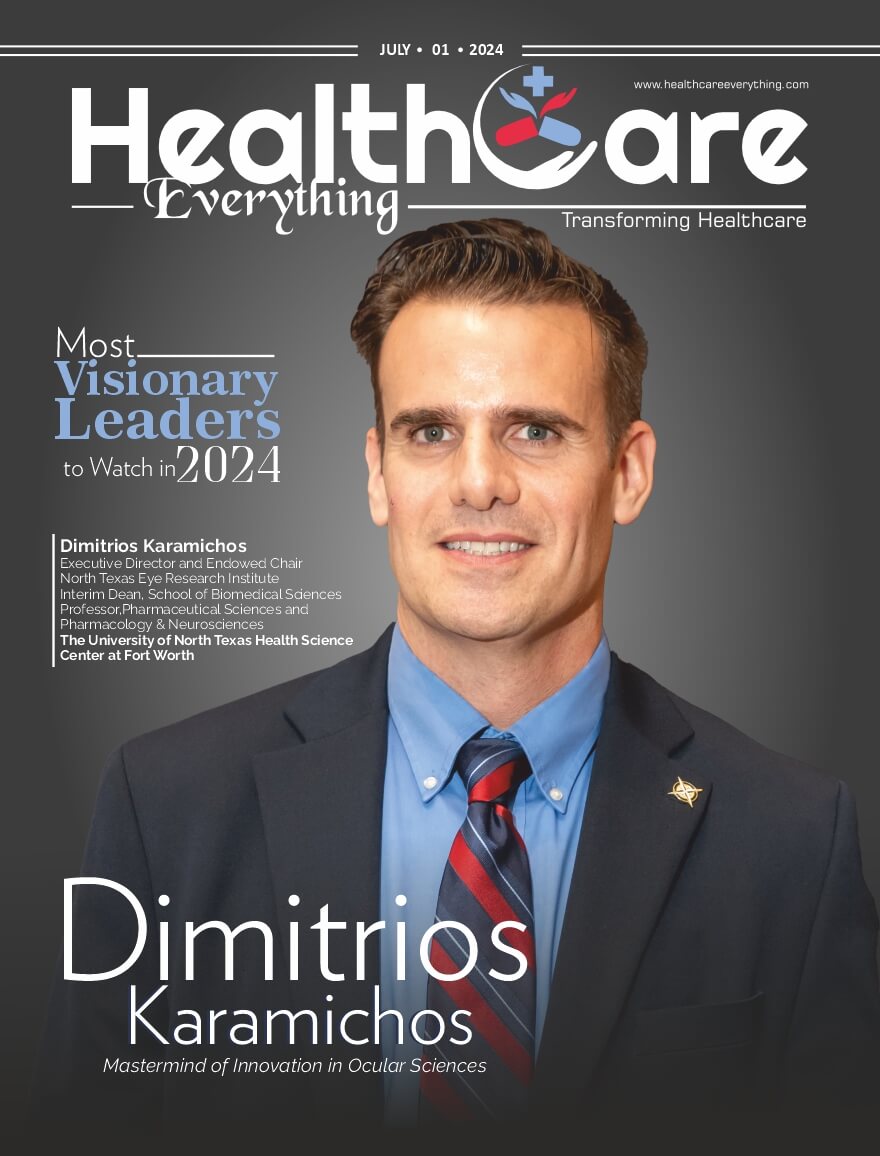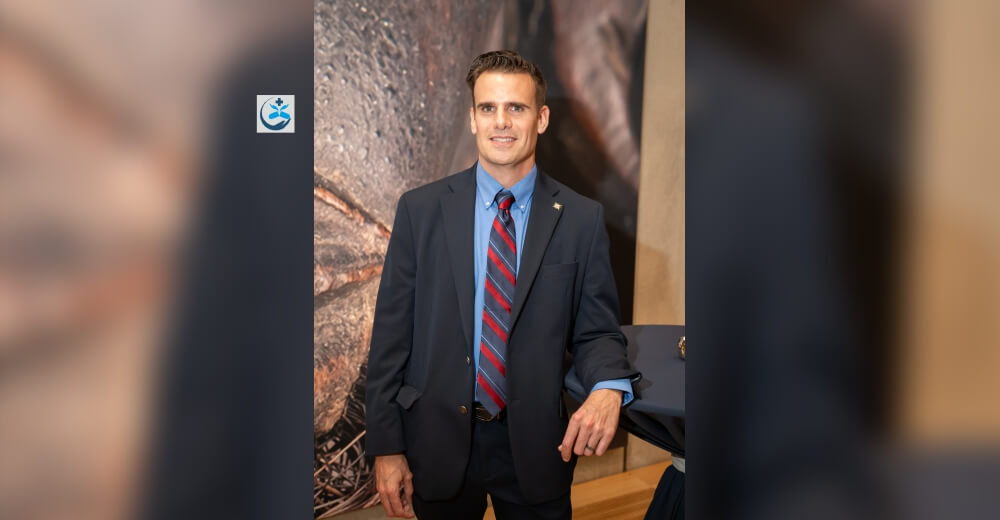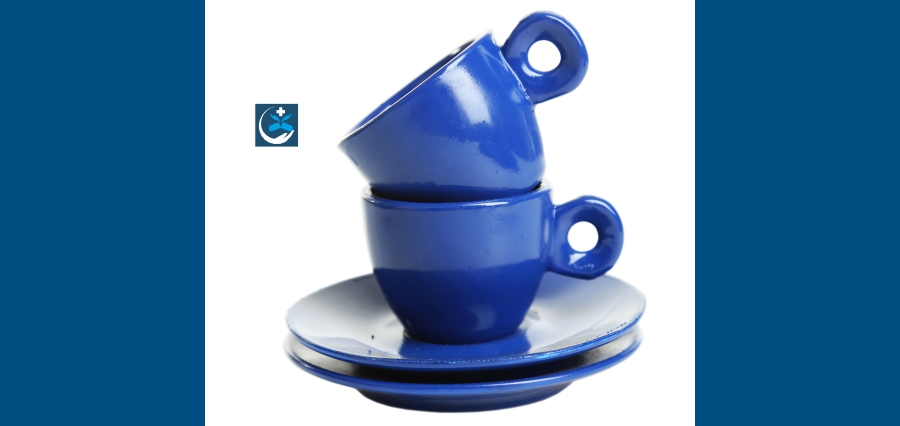Positive results of CorrectSequence Therapeutics Co., Ltd.’s (Correctseq) base editing medication for transfusion-dependent β-thalassemia, CS-101, were released on January 8, 2024, in Shanghai, China. Correctseq uses unique transformer Base Editing (tBE) technology to aid individuals with severe disorders. The first treated patient with transfusion-dependent β-thalassemia has been effectively healed by the Investigator-Initiated Trial (IIT) of CS-101, in partnership with the First Affiliated Hospital of Guangxi Medical University. This patient has been transfusion-free for more than two months. The patient’s fetal hemoglobin (HbF) level grew to approximately 95 g/L, or approximately 81% of total hemoglobin, eight weeks after starting CS-101 medication.
The proportion of cells (F-cells) expressing HbF has risen to almost 80%. The patient’s hemoglobin level has remained at or above 130 g/L up until the reporting date, and they are leading normal lives again. Notably, this is the first report of a successful clinical treatment of hemoglobinopathy using base editing therapy to the best of our knowledge worldwide.
After receiving base editing therapy (CS-101) from Correctseq, the first-ever β-thalassemia patient in the world has stopped requiring transfusions and is back to their regular routine after two months.
Hemoglobinopathies, which include sickle cell disease (SCD) and β-thalassemia, are the most prevalent monogenic disorders worldwide, affecting around 7% of the population with a mutated gene. Every year, about 400,000 babies worldwide are born with hemoglobinopathies. A hereditary condition known as β-thalassemia is brought on by mutations in the β-globin gene, which leads to inadequate hemoglobin synthesis. The first step in Correctseq’s customized CS-101 treatment is the extraction of autologous hematopoietic stem cells from individuals with β-thalassemia.
Then, using the ShanghaiTech University-developed transformer Base Editor (tBE) technology (Wang et al., Nat Cell Biol, 2021), the promoter region of the gene encoding γ-globin (HBG1/2) has its DNA sequence carefully edited to resemble the single-nucleotide variant that occurs naturally in the population with hereditary persistence of fetal hemoglobin. This reactivates the expression of γ-globin and produces functional HbF. Ultimately, the patient receives a second infusion of the modified stem cells, which will no longer require regular blood transfusions because the patient will be able to continually manufacture blood cells with intact hemoglobin.
tBE base editing of the BCL11A binding site at the HBG1/2 promoter, as in the CS-101 treatment, has been shown to exhibit the highest level of γ-globin reactivation both in vitro and in vivo, despite the fact that several gene editing strategies have been explored to restore normal hemoglobin levels in β-thalassemia patients (Han et al., Cell Stem Cell, 2023).
Read More: Click Here







